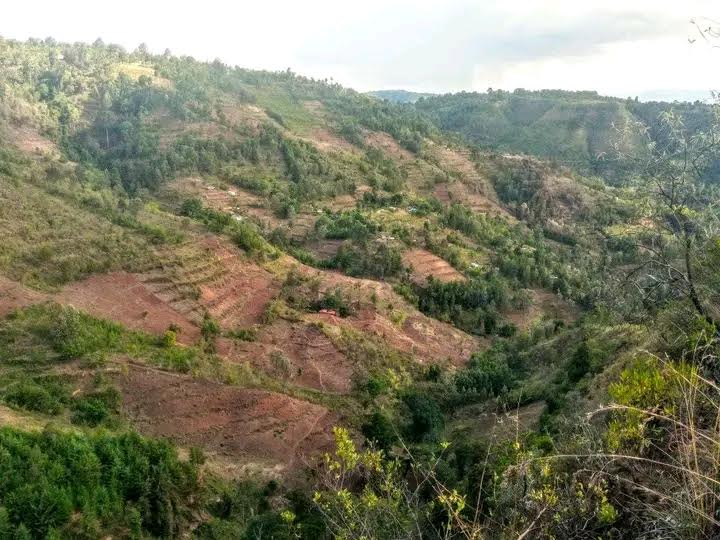By Cecilia Mwakenya
Trigger warning: this article contains graphic descriptions of female genital cutting (FGC).
I was born and raised in Chachewa, a small village in Taita Taveta County, Kenya. Taita Taveta County is located approximately 360 kilometers from Nairobi, Kenya's capital city. The Taita and Taveta communities are the most populous ethnic groups in the county, and I am a part of the Taita community.
Growing up in Taita Taveta was an adventure for me because of the serene environment, being surrounded by the Tsavo national park which is a major tourism site in Kenya. Waking up every day to different wild animals and the mountains filled me with such an amazing feeling. It also helped me learn about my culture and the challenges that women and girls face in my community. This included the inability for some girls to afford sanitary towels, and in some homes, frequent violence directed towards women.
When I was 13 years old, studying as an eighth grader in primary school, I met a friend of mine whom I will name Tatu for the purposes of this publication. Tatu was a cheerful and bubbly girl who shared funny jokes with us at school. Even when we weren't in the mood for jokes, she would make us happy and soon we would be smiling like her. Behind her smiles, however, were tears, loneliness, and hidden scars.
Like myself, Tatu is a native of Taita Taveta County. Unlike myself, she was subjected to FGC when she was only nine years old. As the youngest of six siblings, with four older sisters, Tatu knew to expect what her female relatives called Kukeketwa, also known as FGC. However, she was not prepared for the experience that would shape her to this day, which she told me about.
"It all began when my mother began preparing me for a 'ceremony' that was to take place during the school holidays. I was in fourth grade and had no idea what the ceremony was about. As the days passed, my elder sisters began telling me about Kukeketwa and how they, too, had been cut. They said it was a transition from childhood to adulthood. I remember that fateful day, when they took me to a secluded dark hut where the whole process was going to take place. I was scared and started crying out loud. There was this woman popularly known as ‘Koko’, plus two other women including my mother. The other woman put a hand on my mouth, and the others tied my legs to the sides, and Koko took a sharp razor and cut my private part. I was crying and I looked at my private parts, and there was blood everywhere, splashing. Immediately they started singing and told me I am now a complete woman. When I reached home I found my other family members celebrating and singing songs of praises, because I had officially become one of them. It took me three weeks before I healed, but I never remained the same again.”
I was so traumatized listening to her story. I did not know behind the exterior of the jovial Tatu, there were scars that will never heal. I was one of the lucky girls because my parents were educated about the harms of this practice, and even with the pressure around the community, they never allowed me to be cut. They were so protective of me, and that is something I am grateful for. In learning from Tatu about the harms of FGC, and living with the privilege of my own exemption from the practice, I grew up with the passion of wanting to work to end FGC. My work at Sahiyo is a part of this, because I believe it is possible to prevent FGC. I want to ensure no other young girls like Tatu will have to hide their pain deeply behind a smile.

